Growing a Homerun Peanut
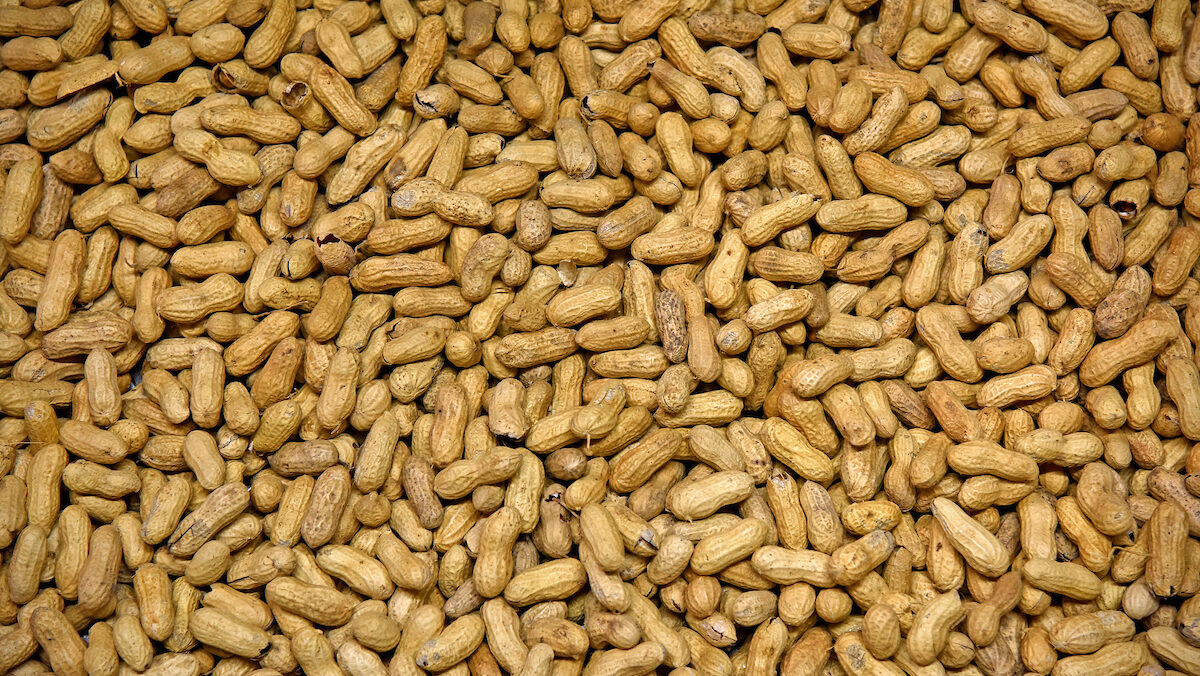
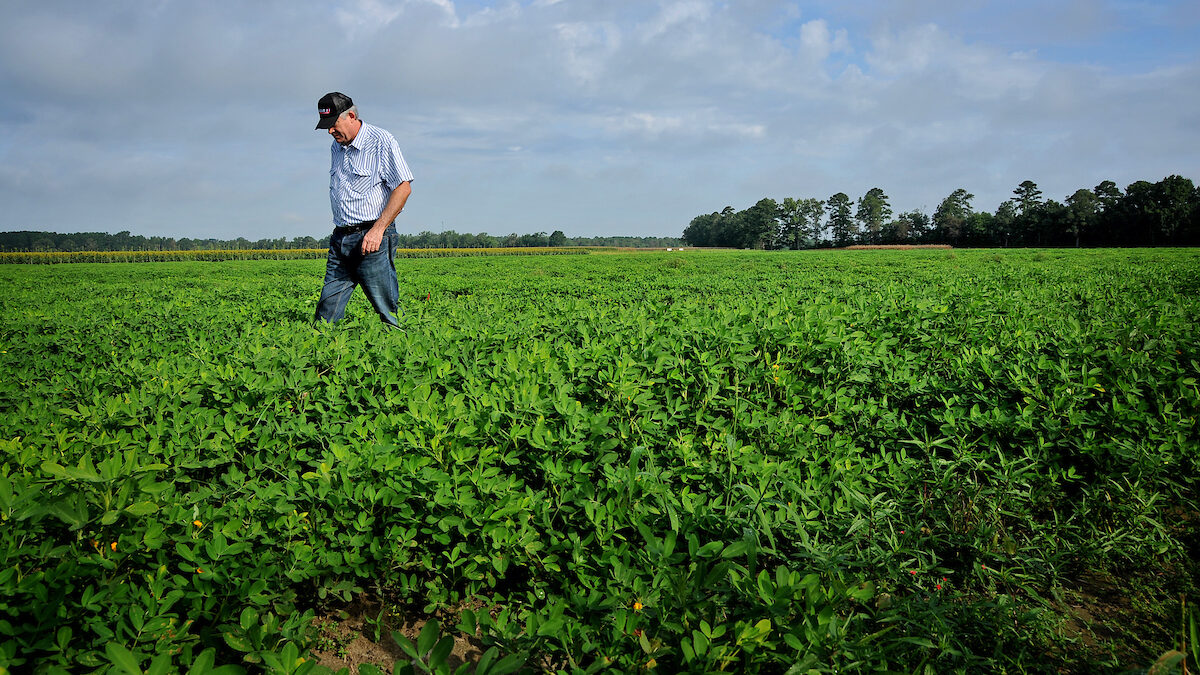
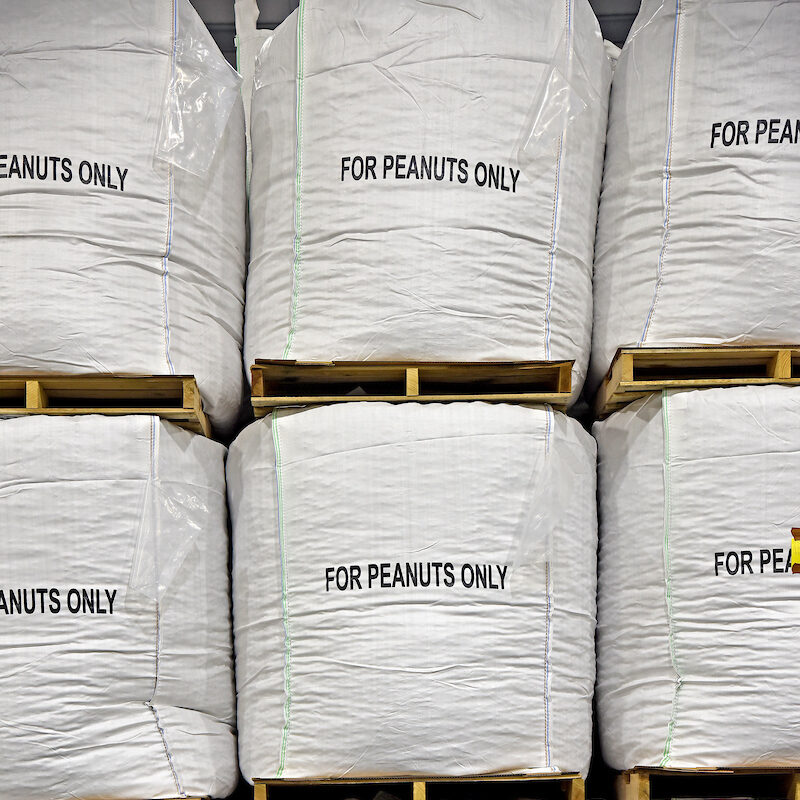
On warm summer nights all across the country, stadiums large and small hum with people chanting “take me out to the ballgame” in perfect unison. Kids dance, couples kiss, fans stomp and everyone — everyone — is eating peanuts.

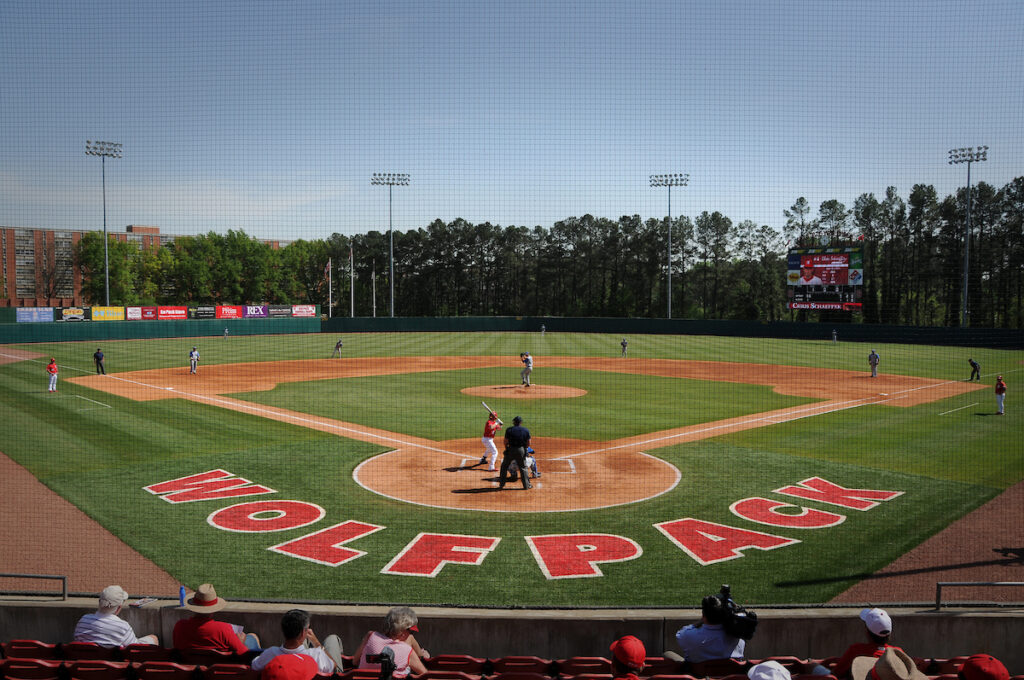
Nearly all of the peanuts enjoyed at major and minor league baseball games hail from the peanut breeding program at NC State University. NC State is one of the only peanut breeding programs in the country that focuses on Virginia type peanuts — the kind roasted in the shells that carpet metal bleachers after final innings nationwide.
“Consumers want to see that classic peanut shape and a shell that is as bright and beautiful as possible, so a lot of our trait selections are based on the aesthetic qualities of the peanut shell,” says Jeff Dunne, assistant professor in the Department of Crop and Soil Sciences.
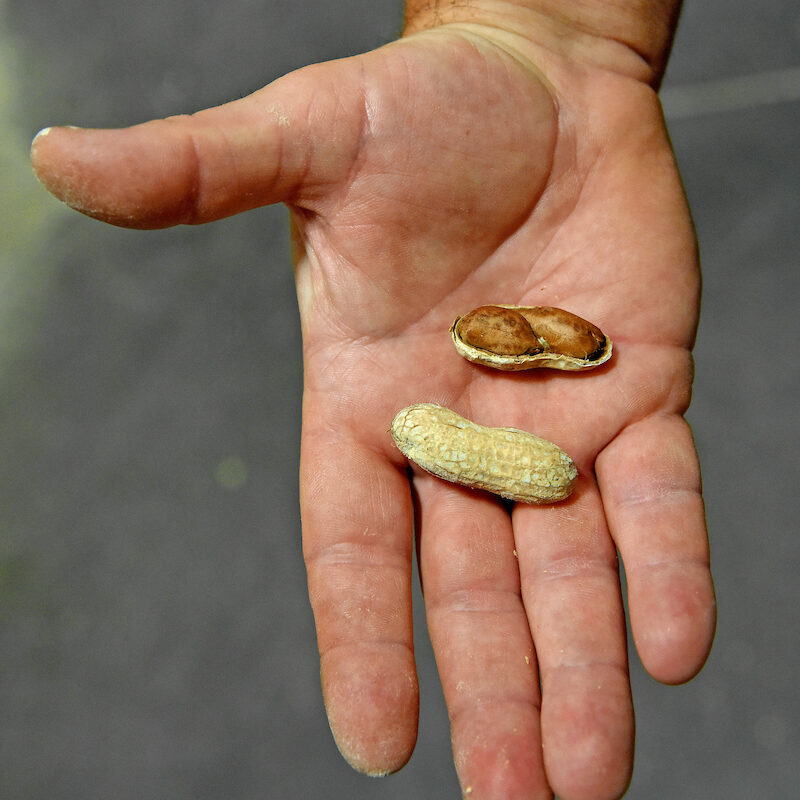
Dunne and his team in the Peanut Breeding and Genetics Program also breed for yield, disease resistance, insect tolerance and other stressors. And, of course, they breed for flavor. A trained panel of flavor experts assesses 18 flavor characteristics, from sweetness and nuttiness to “cardboardiness” and bitterness.
“We combine all of those factors to find the one line that we want to release to the public for growers to plant, shellers to process and consumers to enjoy, preferably at a ballgame,” Dunne says.
Peanut Breeding in a Nutshell
When Dunne joined the peanut breeding program in 2018, the lab was switching from a phenotypic or visual-based selective breeding method to a genotypic, molecular-based approach.
“Think of it as 23andMe for peanuts,” Dunne says.
Breeders whittle down their options by first connecting which peanut traits belong to which genetic markers and selecting only the types with the traits they’re looking for. Those gene-based selections are then planted in greenhouses to verify the associations and whittle the options down further. Dunne says the goal is to be able to eventually select new peanut varieties based on their genetic markers alone.
Dunne, whose background is in data analytics and predictive modeling, is working on forecasting which pathogens might migrate to North Carolina peanut farms as the climate warms so he can breed resistance ahead of time. Using genotypic breeding methods allows peanut breeders to go from identifying a newly emerging disease to releasing a new breeding line in seven to eight years instead of the traditional 12 to 15.
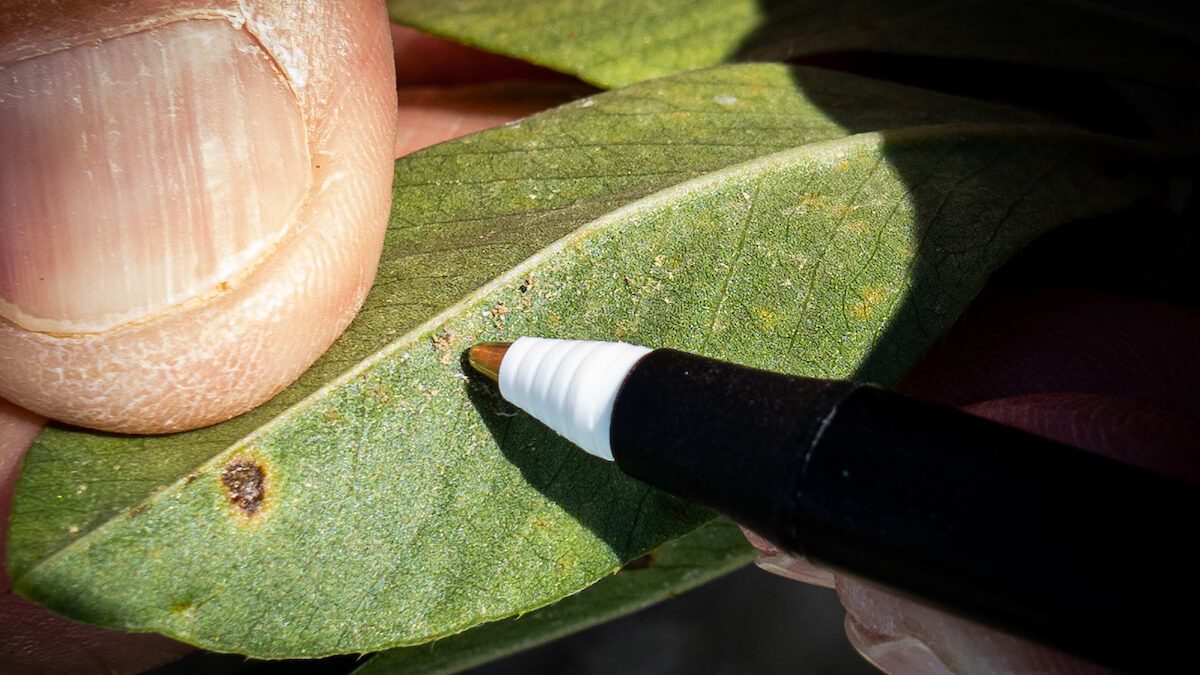
Dunne has been conducting peanut breeding trials at the Peanut Belt, Upper Coastal Plains and Border Belt Tobacco research stations, in addition to a regional project with Clemson University and Virginia Tech called the Peanut Variety and Quality Evaluations (PVQE). He has two new varieties set to be released this year and next.
Fielding a Groundnut
Once a new peanut variety is selected and released for farmers to plant, a whole host of other important traits come into play.
Peanuts are tricky to harvest because they are indeterminate, which means they continue flowering and producing peanut pods throughout the summer. At any given point, some pods have over ripened and rotted while others aren’t even ready. But because peanuts grow underground, the entire plant has to be harvested in one fell swoop. The peanut breeding program has focused on reducing peanuts’ indeterminate nature so that most of the peanuts are ready at the same time.
FAST FACTS
Peanuts are not nuts — they are legumes.
BUT… peanuts grow underground.
Peanuts are geocarpic. Shoots that grow on their stems bury themselves down into the soil to develop a peanut pod. Geocarpy is rare among plants.
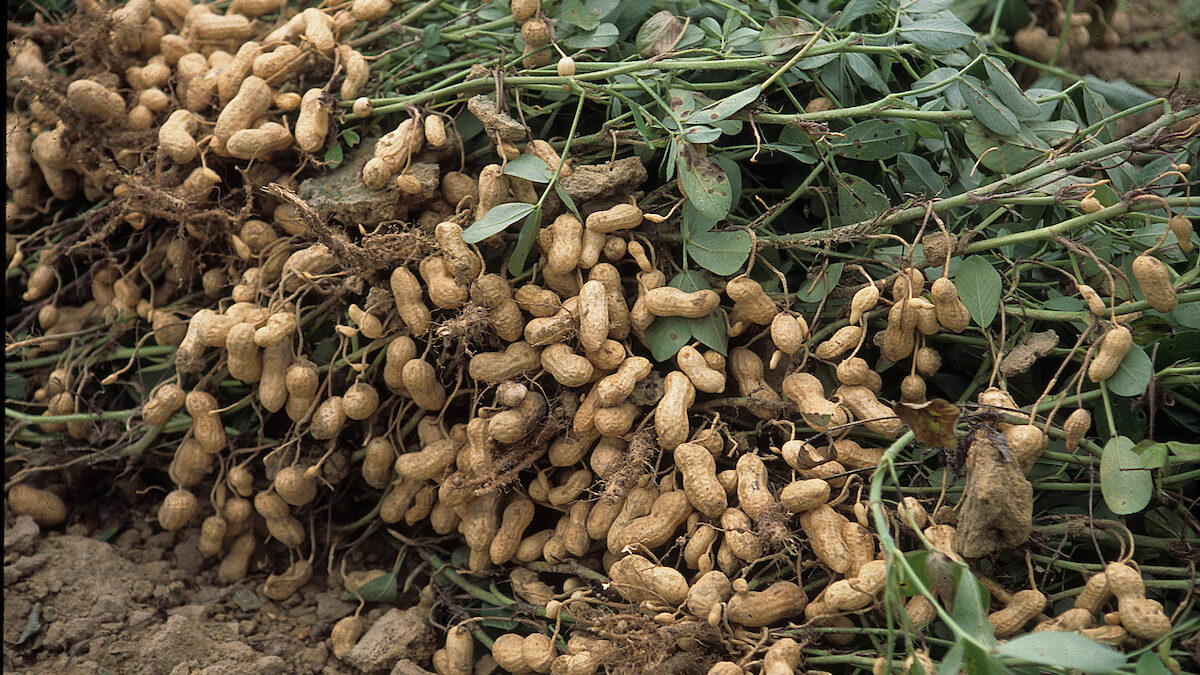
In the peanut world, a method called pod blasting is used to determine harvest time. This involves a power washer-like machine that removes the exocarp of the peanut pod to reveal an inner layer in a variety of fanciful hues. Black and brown pods are ready to harvest, white pods are immature, and orange and yellow pods are somewhere in between. When most of the pods are black or brown, it’s time to harvest.
After being pulled out of the ground and left in the field to dry, the pods are shaken loose from the rest of the plant. The perfectly shaped pods then head to roasters and off to ballparks all across the country. So whichever home team you’re root, root, rooting for this baseball season, be sure to enjoy some Virginia-type peanuts. Farmers and researchers worked hard to get them into your hands.

